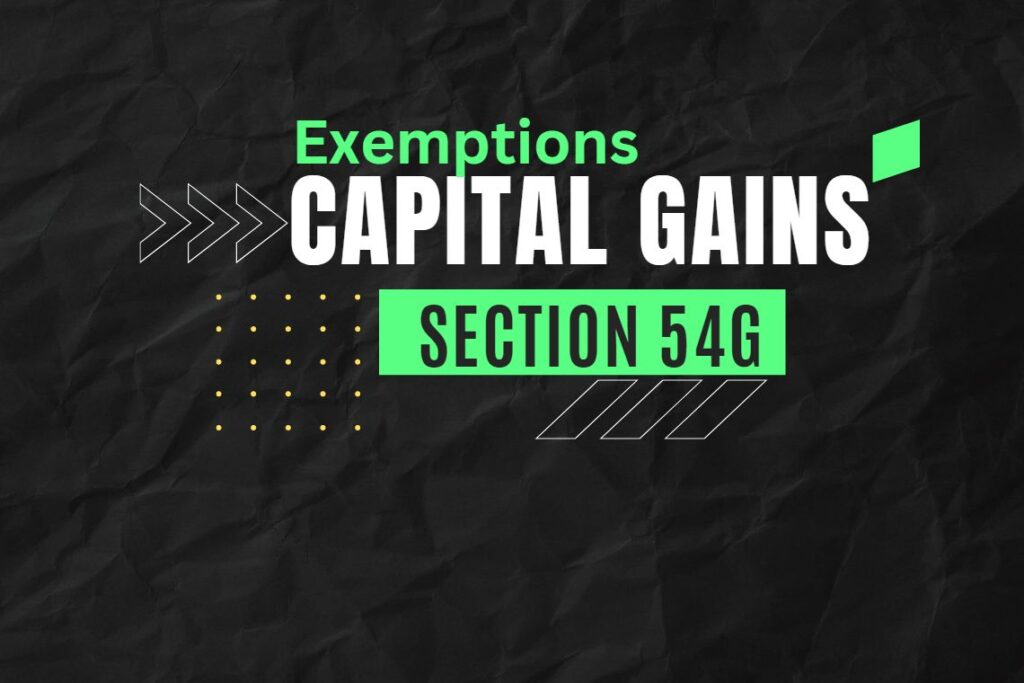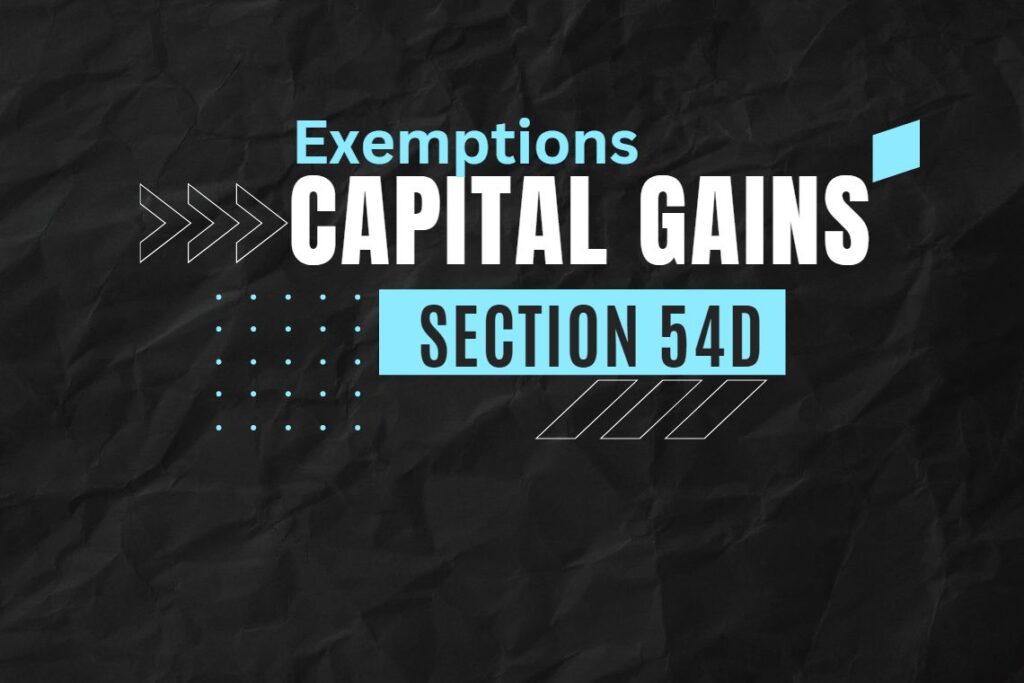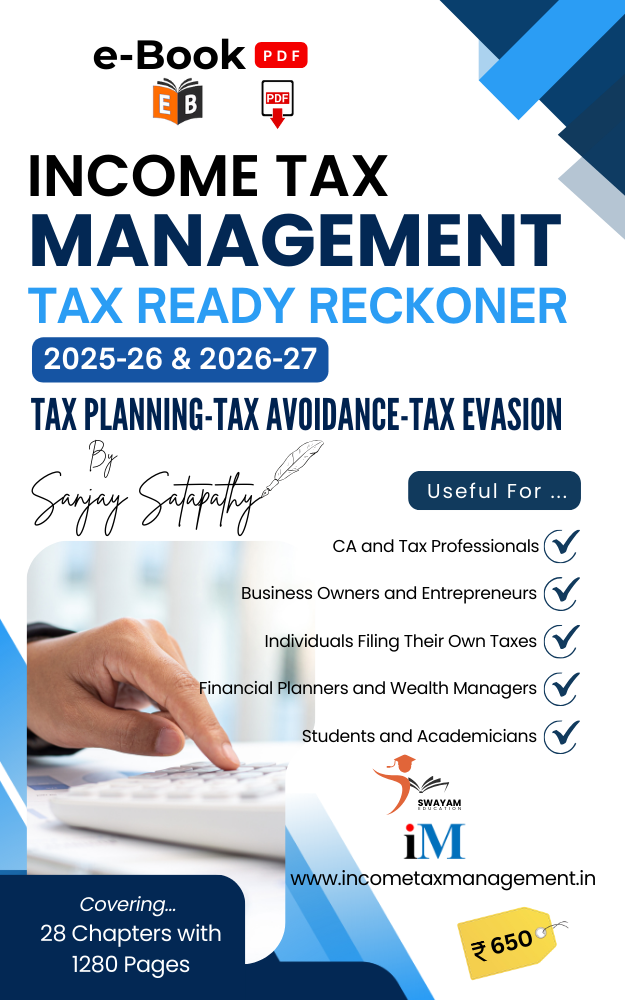Understanding and Conditions of Section 115F
As a Non-Resident Indian (NRI), understanding the tax implications of your investment is crucial. One particular aspect to consider is the exemption of long-term capital gains arising from the transfer of ‘foreign exchange assets’ under Section 115F of the Income Tax Act.
Section 115F provides a beneficial provision for NRIs, allowing them to avail an exemption on long-term capital gains arising from the transfer of specified assets. These assets include shares, debentures, bonds, mutual fund units, and other similar investments held in foreign currency.
He can claim an exemption in respect of the long-term capital gains from such asset if the following condition is satisfied :
- The asset must be a ‘foreign exchange asset,’ which means it should be acquired and held in foreign currency.
- The transfer should be made by an NRI.
- The transfer should be made to another NRI.
- The transfer should take place on or before the specified date, which is usually June 30th of the relevant assessment year.
- The transfer must be made in accordance with the prescribed guidelines and procedures.
It is important to note that this exemption is only applicable to long-term capital gains. In the case of short-term capital gains, NRIs are required to pay tax at the applicable rates.
Under Section 115F, the long-term capital gains arising from the transfer of foreign exchange assets are calculated as follows:
Long-term capital gains = Full value consideration – Indexed cost of acquisition – Indexed cost of improvement
The ‘full value consideration’ refers to the amount received or accruing as a result of the transfer of the asset. The ‘indexed cost of acquisition’ and ‘indexed cost of improvement’ take into account the inflationary effect on the purchase price and any subsequent improvements made to the asset.
Once the long-term capital gains have been calculated, NRIs can claim an exemption by investing the gains in specified assets. These assets include another ‘foreign exchange asset’ or certain specified bonds issued by the Government of India.
It is important to note that the investment in specified bonds should be made within six months from the date of transfer to avail the exemption. Failure to invest the gains within the specified timeframe will result in the withdrawal of the exemption.
By availing the exemption under Section 115F, NRIs can significantly reduce their tax liability on long-term capital gains. However, it is advisable to consult a tax professional or financial advisor to ensure compliance with all the necessary regulations and to make an informed investment decision.
| 1. “Foreign exchange asset” means any of the following assets, namely:—
(a) Shares of an Indian company, (b) Debentures issued by an Indian company which is not a private company, (c) Deposit with an Indian public limited company, (d) Central Government securities, (e) National Savings Certificates VI and VII issue. 2. The above exemption is allowed only to non-resident Indian and not to any other non-resident in India. |
Quantum of Deduction
(i) If the cost of the new asset is not less than the net consideration in respect of the original asset, the whole of such capital gains shall be exempt;
(ii) If the cost of the new asset is less than the net consideration in respect of the original asset, so much of the capital gain as bears to the whole of the capital gains the same proportion as the cost of acquisition of the new asset bears to the net consideration1 shall be exempt. In other words, it may be calculated as under:
Long-term Capital Gain X Amount invested / Net consideration
Withdrawal of exemption:
The exemption granted u/s 115F will be withdrawn under the following circumstances:
Where the new asset is transferred or converted into money within a period of 3 years from the date of its acquisition, the exemption granted, on the basis of cost of the new asset, shall be deemed to be income chargeable under the head “Capital gains” of the previous year in which the new asset is transferred or converted into money and shall be taxed as long-term capital gains.
Key Features of Section 54
Here are the key details related to this provision:
1. Eligibility:
To be eligible for the exemption under Section 54, the following conditions must be met:
- The capital asset being transferred should be a residential house property.
- The property should have been held by the taxpayer for at least two years as a long-term capital asset.
- The capital gains should arise from the transfer of this residential house property.
2. Utilization of Sale Proceeds:
The exemption is available if the sale proceeds from the residential house property are utilized to purchase or construct another residential house property. This purchase or construction must take place within the stipulated time frame.
3. Time Limit for Reinvestment:
The taxpayer can invest in the new residential house property either one year before the date of transfer or within two years after the date of transfer of the original residential house property. In case of construction of a new house, it should be completed within three years from the date of transfer.
4. Exemption Amount:
The exemption under Section 54 is limited to the amount of capital gains arising from the transfer of the original residential house property. In other words, the entire capital gains amount is eligible for exemption if it is reinvested in the specified assets.
5. Tax Implications:
If the entire amount of capital gains is not reinvested in the specified assets within the prescribed time frame, the unutilized portion of the capital gains will be taxable in the year of transfer.
6. Conditions for Continuance of Exemption:
The new residential house property acquired or constructed must be located in India. Additionally, if the new house is transferred or converted into any other type of asset within three years from the date of its acquisition or construction, the exemption granted under Section 54 will be revoked, and the capital gains tax will become payable.
7. Number of Properties:
As per the original provisions of Section 54, taxpayers could claim the exemption for the purchase or construction of only one residential house property. However, the Finance Act, 2019 introduced an amendment allowing individuals to claim this exemption for the purchase of up to two residential house properties, provided the capital gains from the sale of the original property do not exceed Rs. 2 crores. This amendment is applicable from the assessment year 2020-21 onwards.
Option Not to avail of the Provisions of Section 115F [Section 115-I]
A non-resident Indian may elect not to be governed by the provisions of section 115F for any assessment year. in that case, he shall have to furnish his return of income for that assessment year u/s 139 and declare that the provisions of the section shall not apply to him. The total income of the nonresident for that assessment year shall be computed and tax on such total income shall be charged like other normal cases.
Example-2
In previous Example-1, assume that R deposited Rs. 5,00,000 with an Indian public company on 1.8.2022. Compute the capital gains chargeable to tax for the assessment year 2022-23.
Solution:
The original asset was transferred on 30.3.2022 and he has deposited Rs. 5,0O,000 on 1.8.2022. The deposit is therefore, within the stipulated period of 6 months and he is therefore, entitled to the exemption under section 115F.
| Rs. | |
| Long-term capital gain as computed in Example-1 (Above) | 2,96,000 |
| Less : Exemption under section 115F ( Rs.2,96,000 x 5,00,000 / 7,50,000) | 1,97,333 |
| Long-Term Capital Gains | 98,667 |












